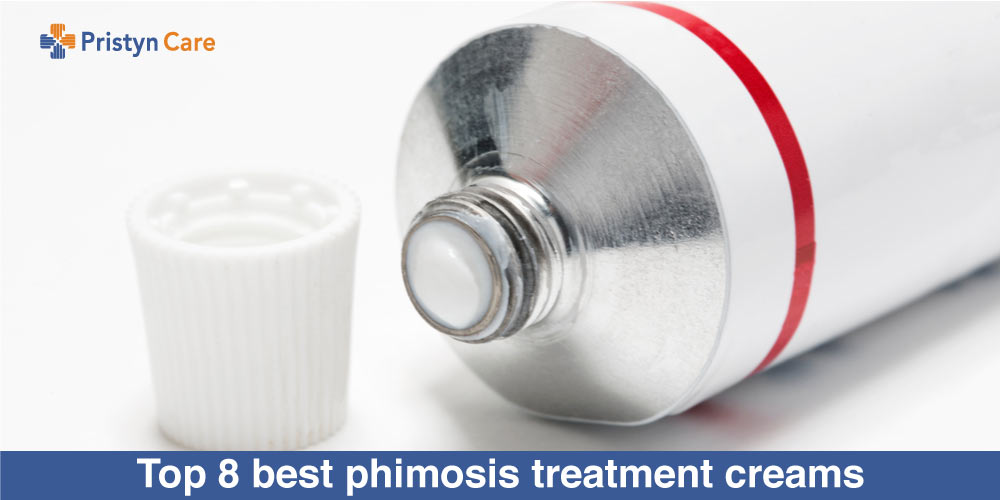There are several forms of treatment for phimosis, which must be evaluated and guided by the urologist or pediatrician, according to the degree of phimosis. For milder cases, only small exercises and ointments can be used, while for more severe cases, surgery may be necessary.
Phimosis is the inability to retract the skin on the penis to expose the glans, which creates the feeling that there is a ring at the tip of the penis that prevents the skin from slipping normally. After birth, it is common for babies to have this type of problem, but up to 3 years of age, the skin on the penis tends to loosen up spontaneously.
If left untreated, phimosis can reach adulthood and increase the risk of infections. See how to identify phimosis and how to confirm the diagnosis.
The main treatment options for phimosis are:
1. Ointments for phimosis
To treat infantile phimosis, an ointment with corticoids can be applied, such as Postec or Betnovate, which work by softening the foreskin tissue and thinning the skin, facilitating the movement and cleaning of the penis.
How to apply: wash your hands and then carefully retract the foreskin as much as possible and without forcing. Put some of the ointment on the region and massage it gently for about 30 seconds.
Generally, this ointment is applied 1-2 times a day for 4 to 8 weeks, or as directed by the pediatrician. See the ointments that can be indicated and how to apply correctly.
2. Exercises
Performing exercises on the foreskin should always be guided by a pediatrician or urologist and consists of trying to move the skin of the penis slowly, stretching and shrinking the foreskin without forcing or causing pain. These exercises should be done for about 1 minute, 4 times a day, for a period of at least 1 month to get improvement.
3. Surgery
Surgery for phimosis, also known as circumcision or postectomy, involves removing excess skin to facilitate cleaning of the penis and reduce the risk of infections.
The surgery is performed by a pediatric urologist, lasts about 1 hour, includes the use of general anesthesia and in children it is recommended between 7 and 10 years of age. The hospital stay lasts about 2 days, but the child can return to the normal routine 3 or 4 days after surgery, taking care to avoid sports or games that impact the region for about 2 to 3 weeks.
4. Placement of plastic ring
Placing the plastic ring is done through a quick surgery, which lasts about 10 to 30 minutes and does not require anesthesia. The ring is inserted around the glans and under the foreskin, but without squeezing the tip of the penis. Over time, the ring cuts the skin and frees its movement, falling off after about 10 days.
During the period of wearing the ring, it is normal for the penis to be reddened and swollen, but it does not interfere with peeing. In addition, this treatment does not need dressings, only an anesthetic and lubricant ointment is used to facilitate recovery.
Possible complications of phimosis
If left untreated, phimosis can cause complications such as frequent urinary tract infections, penile infections, increased chances of contagion with sexually transmitted diseases, pain and bleeding during intimate contact, in addition to increasing the risk of penile cancer.
